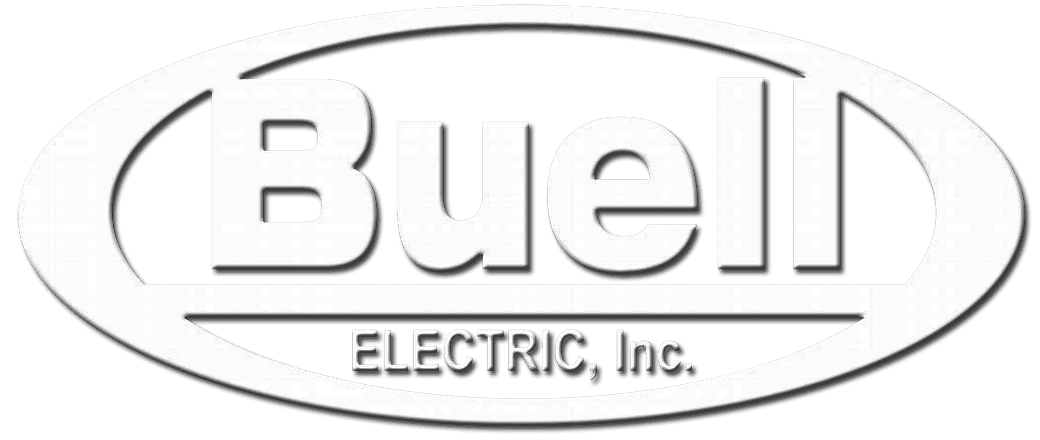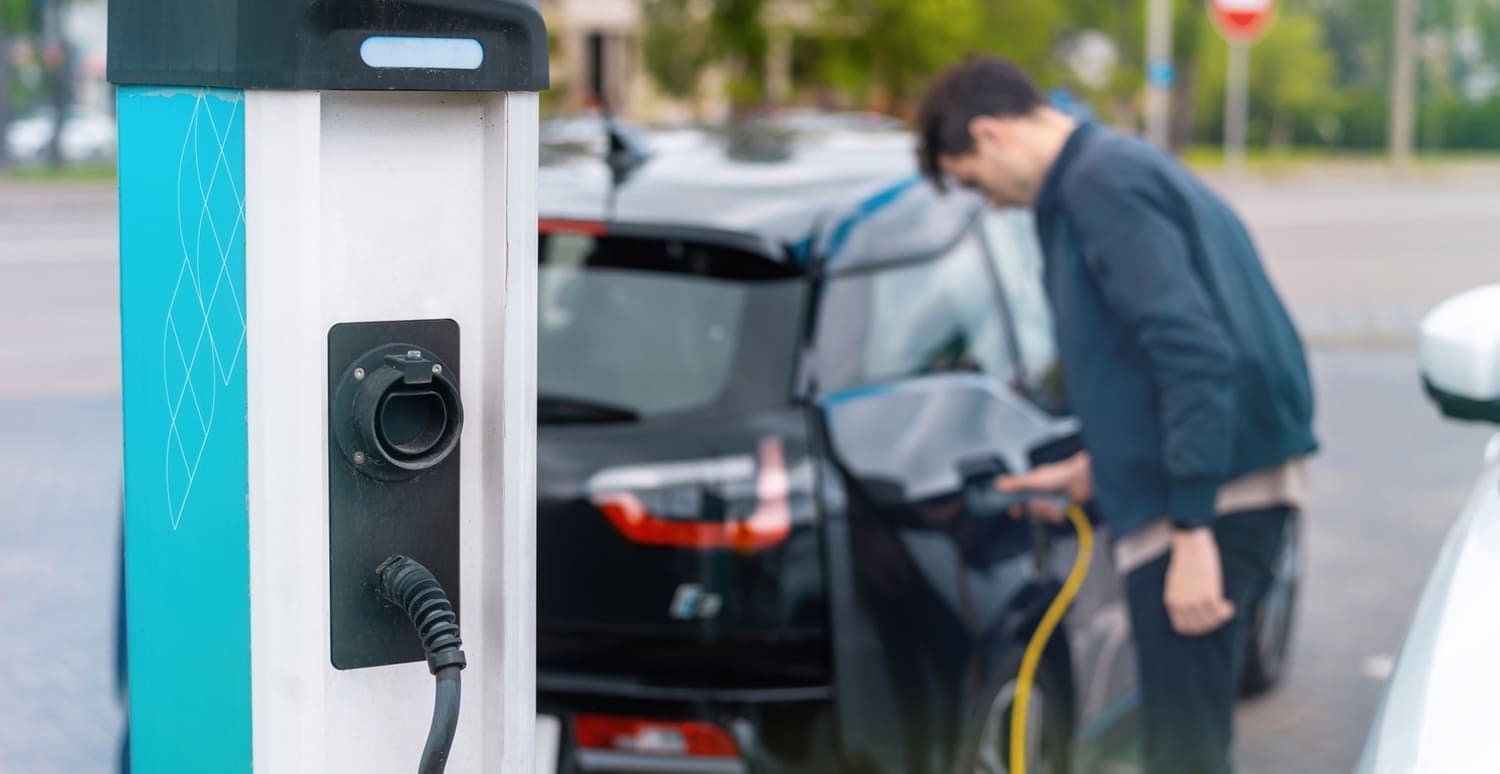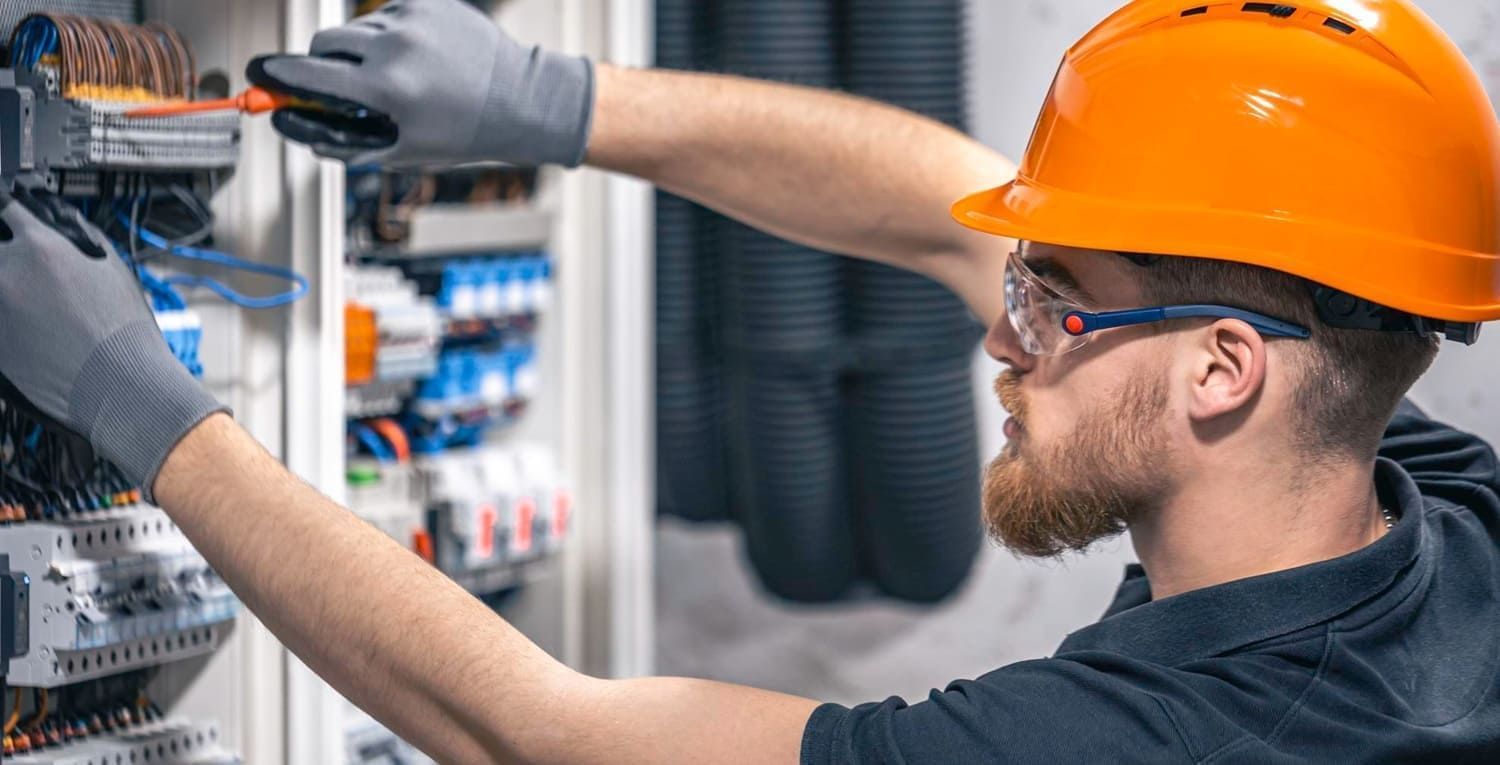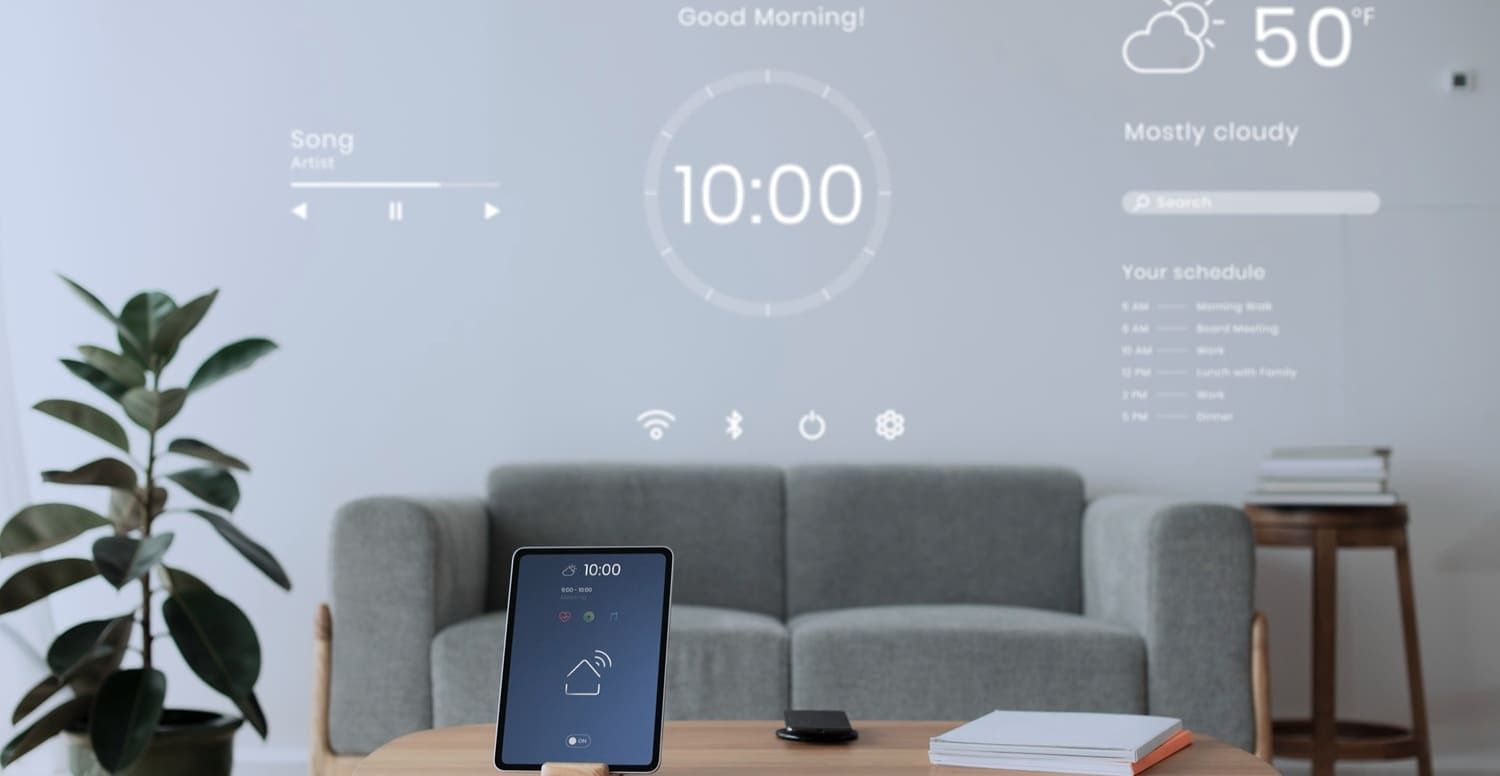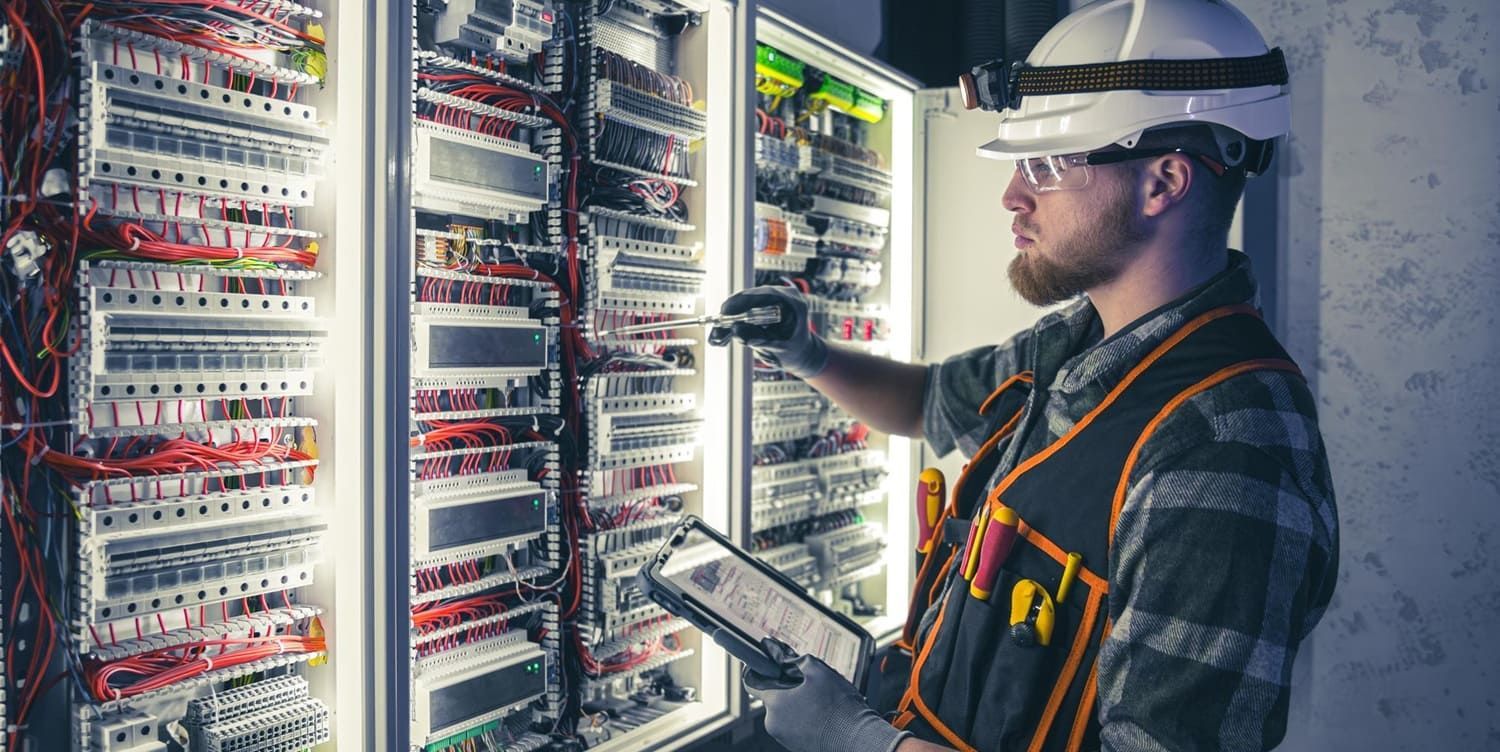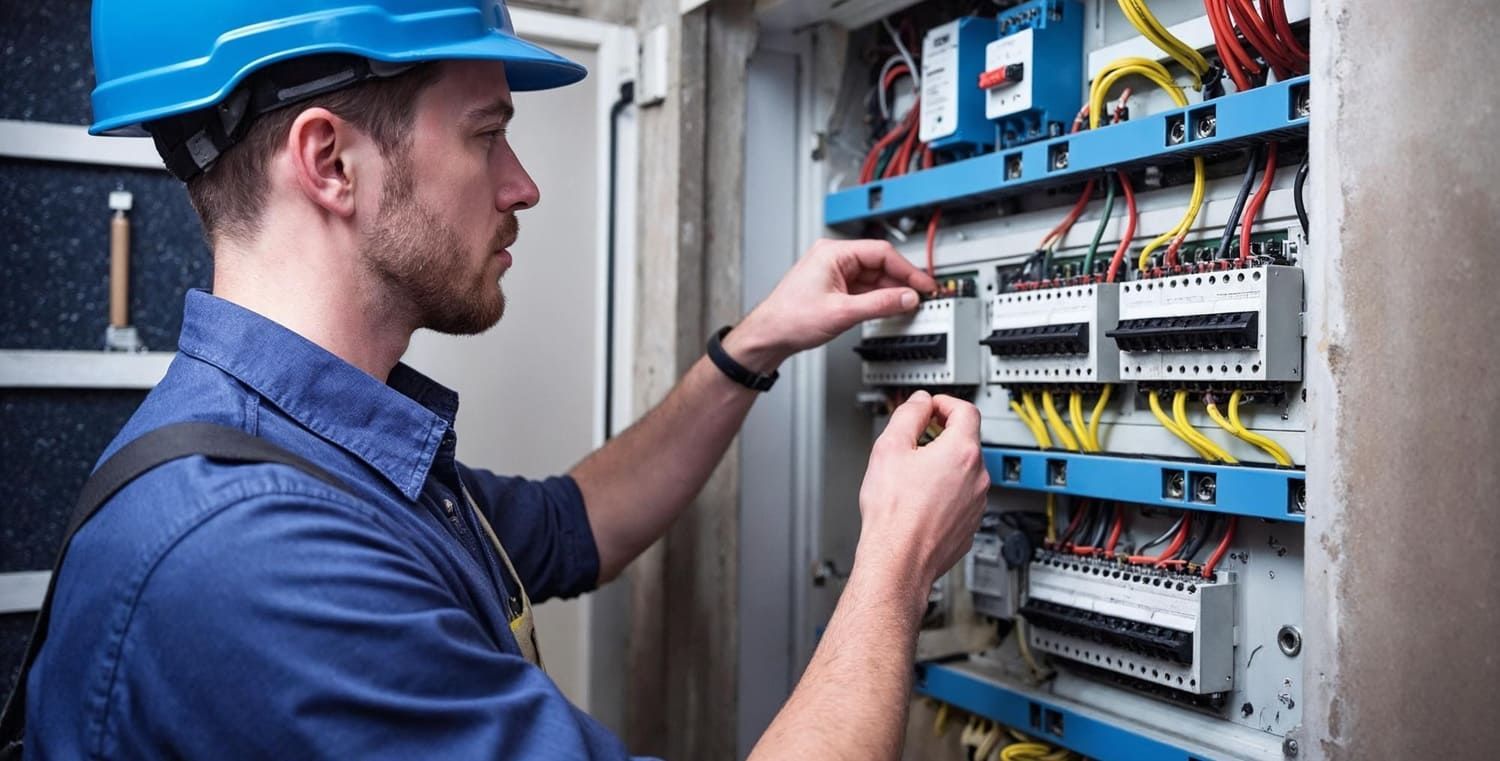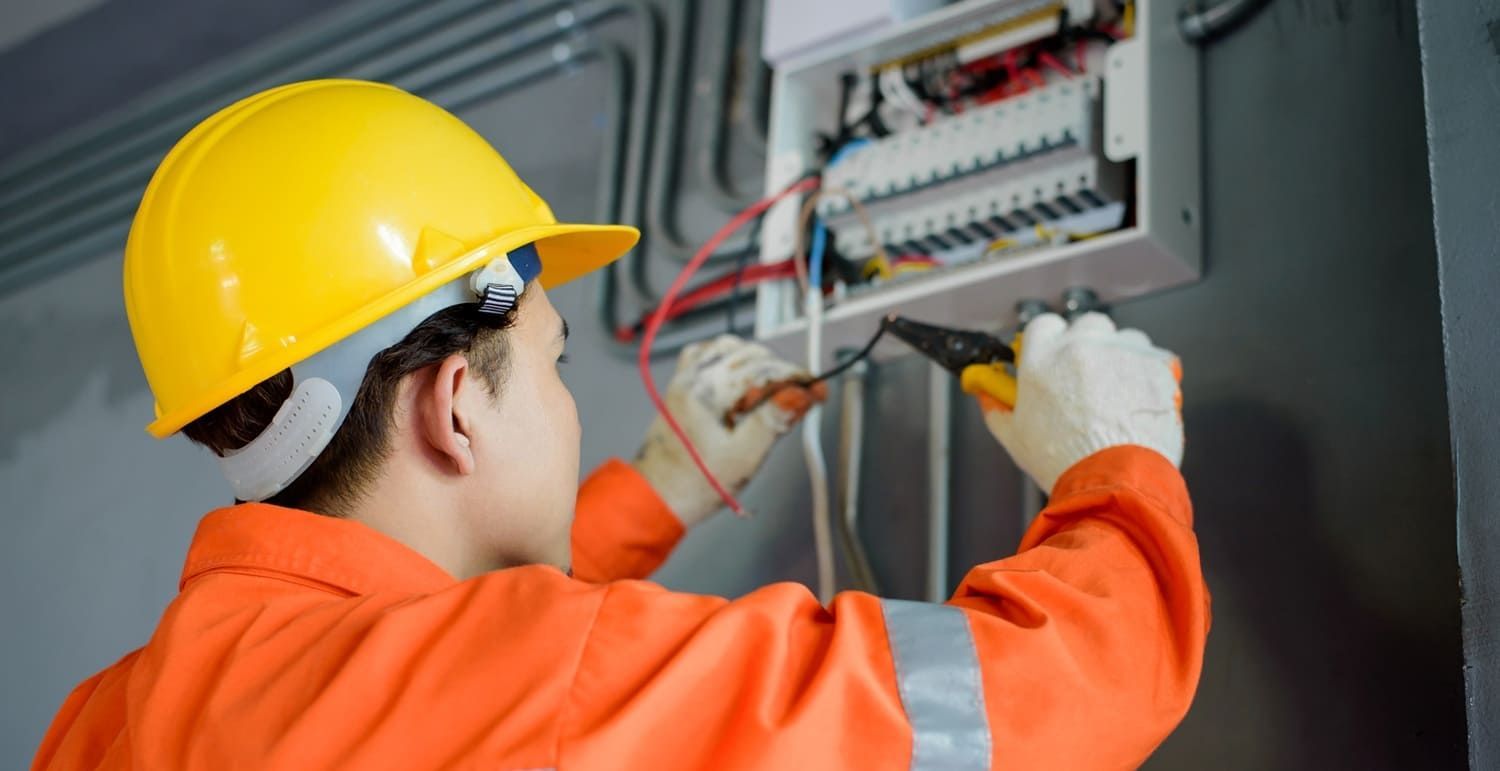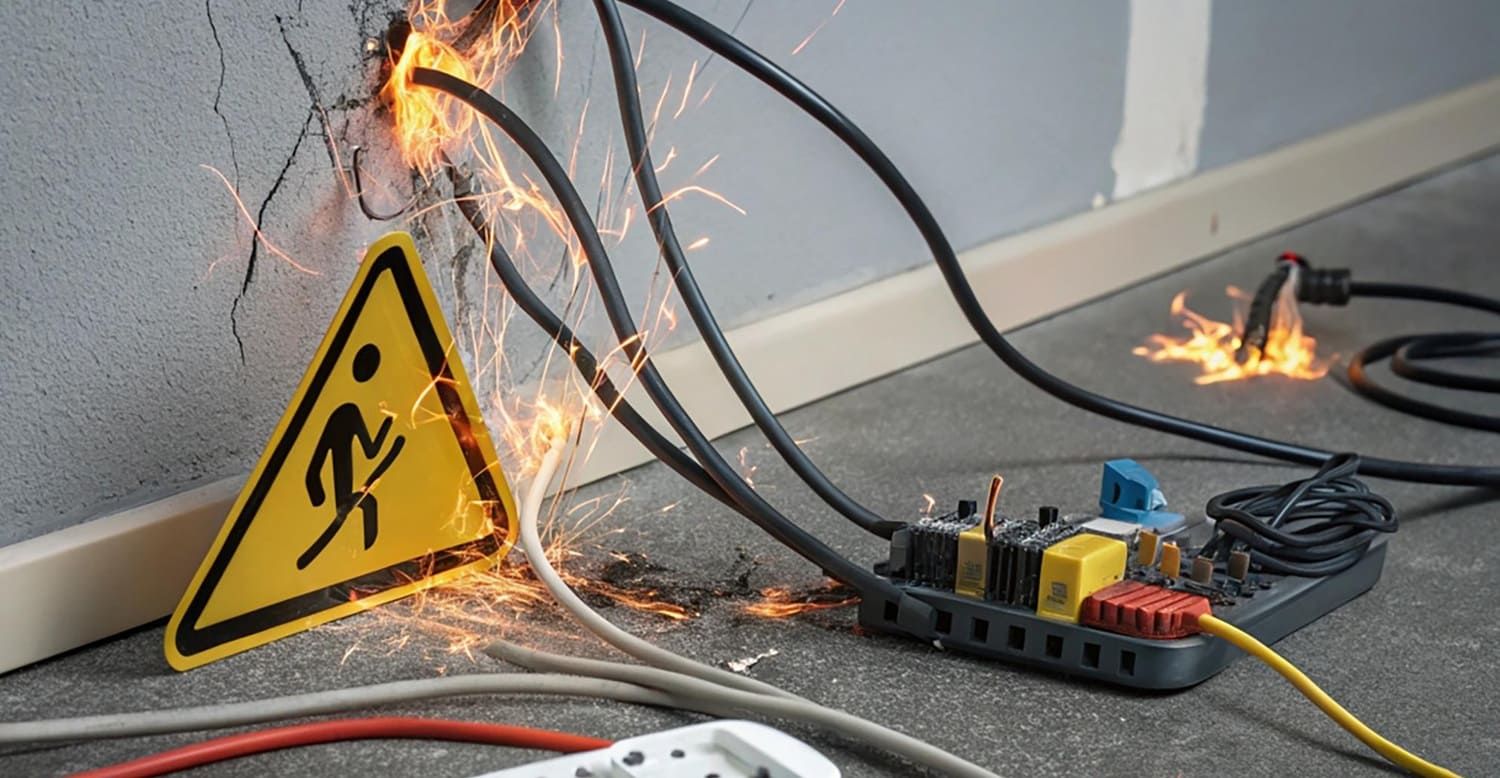How to Upgrade Your Home's Electrical Panel
An electrical panel, also known as a breaker box, is the central hub for your home's electrical system. It receives power from the utility company and distributes it to various circuits within your home. Each circuit is protected by a circuit breaker that shuts off the power if there's an overload or short circuit, preventing electrical fires and damage.
The electrical panel serves as the brain of your home's electrical network, efficiently managing and directing power flow. It ensures that different parts of your home receive adequate power while maintaining safety by preventing circuits from being overloaded. As homes evolve with more electronic devices and appliances, the demands on this system increase, making it crucial to have an up-to-date panel that can handle modern power needs.
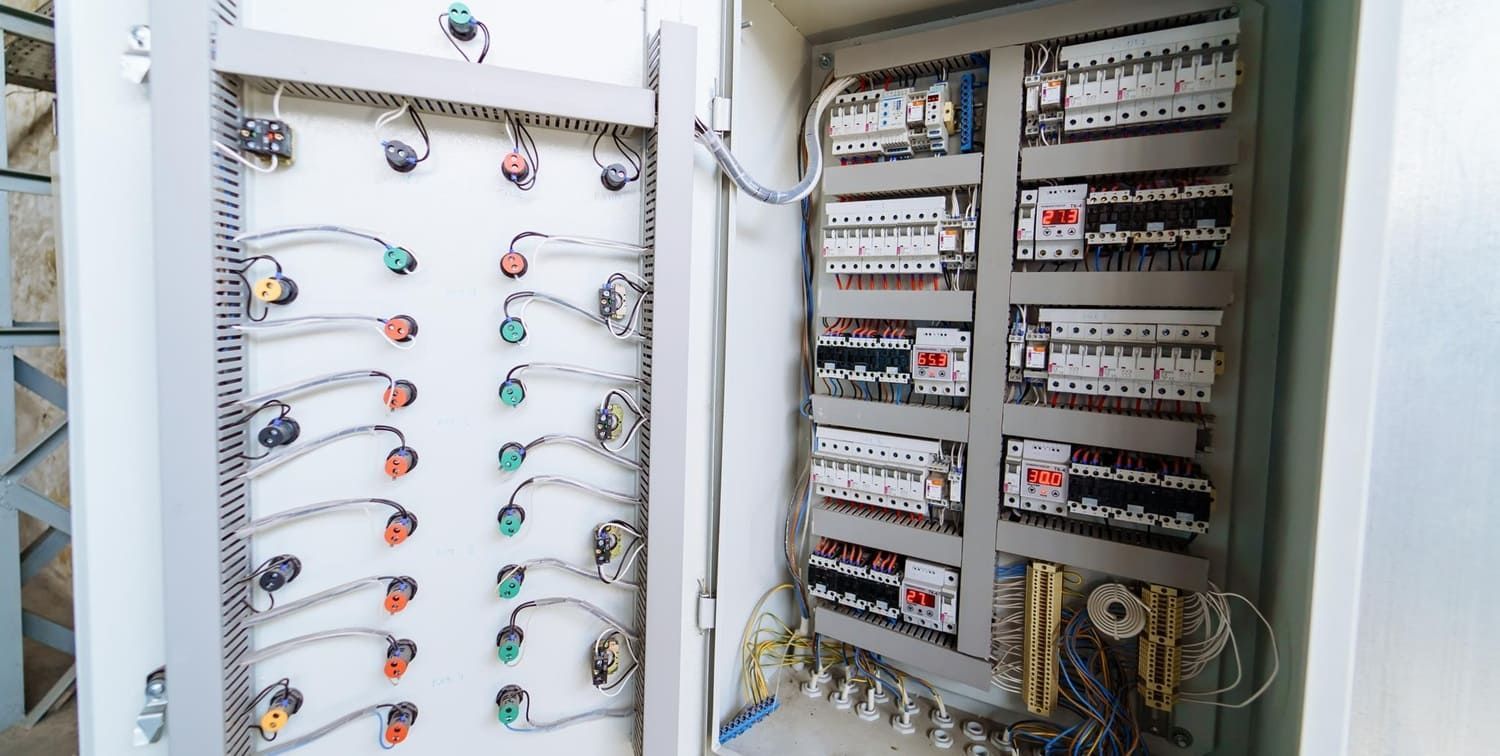
Signs You Need an Electrical Panel Upgrade
There are several signs that indicate it might be time to upgrade your electrical panel:
- Frequent Breaker Trips: If your circuit breakers trip often, it could mean your panel is overloaded. This frequent tripping not only causes inconvenience but can also signal a potential safety hazard if not addressed promptly.
- Old Panel: Panels older than 20-30 years might not handle modern power demands. These older panels may have outdated technology that cannot efficiently manage the high power consumption of contemporary appliances.
- Home Renovations: Adding new rooms or appliances increases your power needs. Any significant home renovation should include an evaluation of your electrical panel to ensure it can support the increased load.
- Flickering Lights: Inconsistent lighting can suggest panel or circuit issues. Flickering lights are often a sign of loose connections or an overburdened system, both of which require immediate attention to prevent further problems.
Benefits of Upgrading Your Electrical Panel
Upgrading your electrical panel offers several advantages that improve both safety and functionality:
Enhanced Safety
An outdated panel may not handle the power demands of modern appliances, leading to overheating and increased fire risk. A new panel enhances safety by providing reliable circuit protection. This protection ensures that circuits are correctly managed and reduces the likelihood of electrical fires, creating a safer environment for you and your family. Additionally, new panels often include advanced safety features, such as arc fault protection, which help detect and mitigate potential electrical hazards.
Increased Capacity
A new panel can provide additional circuits for new appliances or home additions, ensuring that your home's electrical system can handle increased power demands without overloading. This increased capacity not only supports current needs but also accommodates future expansions, giving homeowners the flexibility to upgrade appliances or add new features without worrying about electrical limitations. By investing in a panel with ample capacity, you future-proof your home against growing power requirements.
Improved Efficiency
Newer electrical panels are more efficient at distributing electricity, reducing the strain on your home's wiring and potentially lowering energy costs. With improved efficiency, your electrical system runs more smoothly, reducing wear and tear on appliances and extending their lifespan. Efficient power distribution also minimizes energy loss, contributing to a more eco-friendly home that can help reduce your overall carbon footprint.
Home Value Increase
Upgrading your electrical panel can increase your home's value, as it ensures that the electrical system is up-to-date and capable of meeting modern standards, which is attractive to potential buyers. A modern electrical system is a strong selling point for homes, providing reassurance to buyers that the property is safe and energy-efficient. Additionally, a new electrical panel can be a differentiator in a competitive real estate market, setting your home apart from others with outdated systems.
Steps to Upgrade Your Home's Electrical Panel
Upgrading your electrical panel involves several important steps. While it's a task that requires professional help, understanding the process can help you prepare and make informed decisions.
Step 1: Assess Your Power Needs
Before upgrading, assess your current and future power needs. Consider any home additions or new appliances that might increase your power demand. This will help you and your electrician determine the size and capacity of the new panel. An accurate assessment can prevent the need for future upgrades and ensure that your electrical system remains adequate as your household's needs evolve. By planning ahead, you also have the opportunity to incorporate energy-efficient solutions that align with your power usage goals.
Step 2: Hire a Licensed Electrician
Due to the complexity and safety risks involved in upgrading an electrical panel, it's crucial to hire a licensed electrician. They have the expertise to safely remove the old panel and install a new one, ensuring compliance with local codes and regulations. A licensed electrician brings invaluable experience, offering advice on the best products and solutions tailored to your specific needs. Their knowledge ensures that the upgrade process is smooth, minimizing disruptions to your daily life.
Step 3: Obtain Necessary Permits
Most jurisdictions require permits for electrical panel upgrades. Your electrician will typically handle this, ensuring all work complies with local building codes. Obtaining permits is an essential step that ensures your upgrade is legally compliant, reducing the risk of future legal or safety issues. Having the proper permits also provides peace of mind, knowing that all work has been reviewed and approved by local authorities.
Step 4: Choose the Right Panel
Select a panel that meets your power needs and allows room for future expansion. Your electrician can recommend the appropriate panel size and brand based on your usage and budget. Choosing the right panel involves considering factors such as circuit capacity, brand reputation, and warranty options, all of which contribute to long-term satisfaction and performance. By selecting a high-quality panel, you invest in reliability and efficiency that will serve your home for years to come.
Step 5: Install the New Panel
The electrician will carefully disconnect the old panel and install the new one. This process involves shutting off power to your home, removing the old panel, and reconnecting circuits to the new panel. Professional installation ensures that all connections are secure and that the panel operates optimally from day one. During installation, the electrician will also verify that each circuit is correctly labeled, simplifying future maintenance or upgrades.
Step 6: Inspection and Testing
After installation, the electrician will test the new panel to ensure everything is working correctly. An inspection by a local authority may also be required to verify compliance with safety standards. This final step guarantees that your new electrical panel is not only functional but also safe, meeting all necessary codes and regulations. The inspection process provides an added layer of security, confirming that the upgrade has been completed to the highest standards.
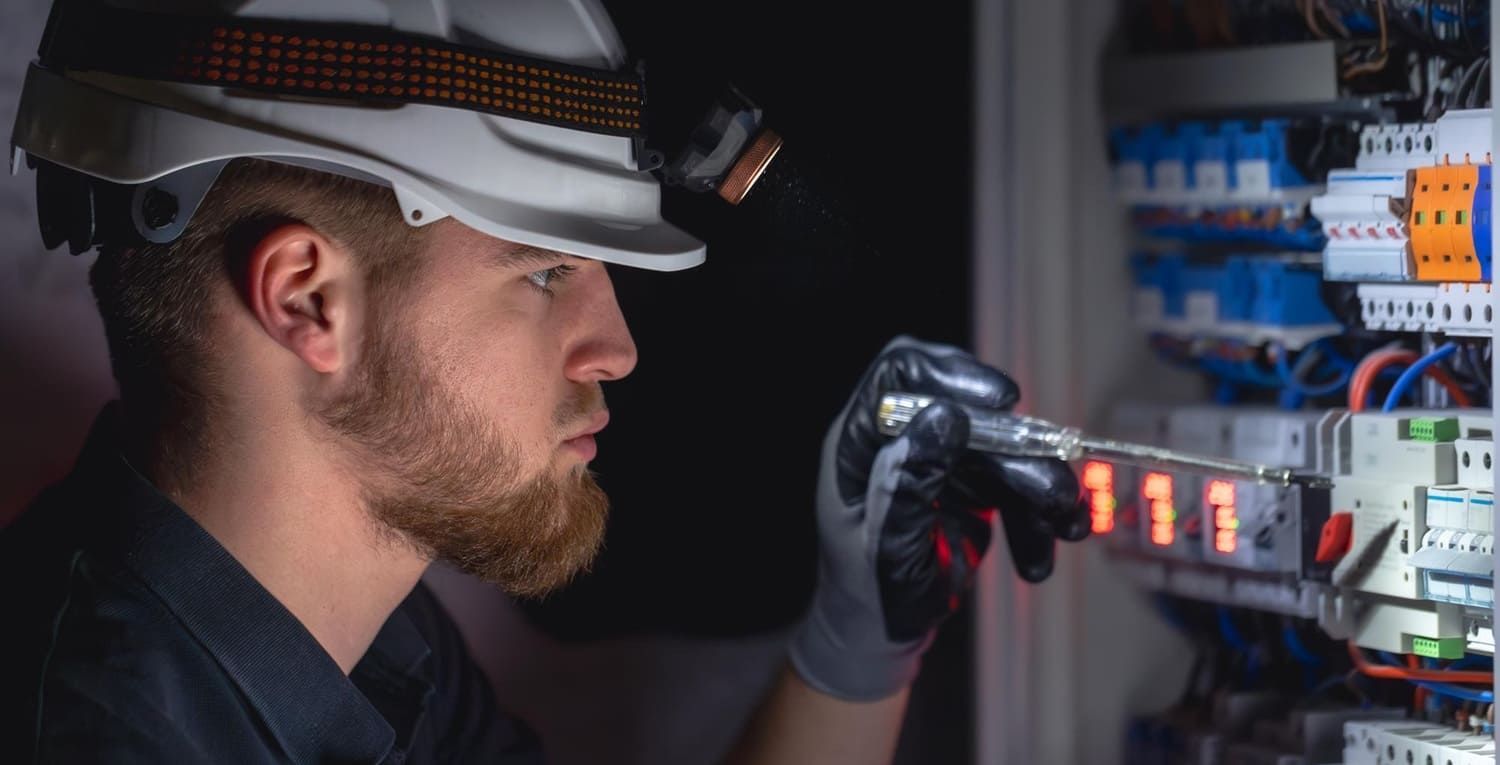
Cost Considerations
The cost of upgrading an electrical panel can vary based on several factors:
- Panel Size: Larger panels with more circuits typically cost more. The size and capacity of your panel should align with your current and anticipated power needs, balancing cost with future-proofing your home.
- Labor Costs: The electrician's fee can vary by region and experience level. Investing in an experienced electrician may incur higher initial costs but often results in better workmanship and fewer issues down the line.
- Additional Work: If your home requires rewiring or other electrical work, this can add to the cost. Comprehensive upgrades can ensure the entire system is efficient and safe, but it's important to budget for these potential additional expenses.
On average, homeowners can expect to spend between $1,000 and $3,000 for a panel upgrade, but costs can vary widely based on specific circumstances. Factors such as location, the complexity of the installation, and the need for supplementary upgrades or repairs can significantly influence the final cost.
Final Thoughts
Upgrading your home's electrical panel is an investment in safety and efficiency. While it involves some upfront costs, the benefits of a modern, reliable electrical system far outweigh the expenses. By understanding the process and working with a qualified electrician, you can ensure a smooth upgrade that meets your current and future power needs. A well-executed panel upgrade provides peace of mind, knowing that your home is equipped to handle the electrical demands of today's technology-driven world.
Keeping your electrical system updated is crucial, not just for safety but for the overall functionality and value of your home. If you're experiencing any of the signs that indicate a need for an upgrade, consult with a professional to explore your options and take the necessary steps to ensure your home's electrical system is safe and capable of meeting your needs. An upgraded electrical panel is more than just a technical improvement; it represents a commitment to maintaining a safe, efficient, and modern home environment.
Buell Electric, Inc. proudly serves Pinellas County, Hillsborough County, and Pasco County—including Tampa, Clearwater, Saint Petersburg, Largo, Port Richey, New Port Richey, Seminole, Tarpon Springs, Hudson, Holiday, Lutz, Pinellas Park, Belleair Beach, Dunedin, Oldsmar, Ozona, Elfers, Bay Pines, Crystal Beach, Safety Harbor, Odessa, Clearwater Beach, Westchase, Citrus Park, Town 'n' Country, and surrounding Florida areas. Contact us today for a free estimate!
Common Questions About Upgrading Your Electrical Panel
When should I upgrade my home’s electrical panel?
You should consider upgrading if your panel is over 25 years old, you experience frequent breaker trips, or you’re adding high-power appliances or an EV charger. An upgrade ensures your electrical system can handle increased demand safely.
What are the signs my current electrical panel is outdated?
Signs include flickering lights, warm or buzzing outlets, tripped breakers, or visible rust or corrosion on the panel. Outdated panels may also lack enough circuits or use unsafe models like Federal Pacific or Zinsco.
How much does it cost to upgrade a home electrical panel?
Costs typically range from $1,500 to $3,000 depending on the size of the panel (e.g., 100 to 200 amps), labor, and regional permit fees. Upgrading service to the home (e.g., increasing capacity) can add additional cost.
Do I need a permit to upgrade my electrical panel?
Yes, in most cities and counties, a permit is required. The work must comply with current local building and electrical codes, and an inspection is usually conducted after installation.
How long does an electrical panel upgrade take?
A standard panel upgrade typically takes 4 to 8 hours. More complex projects that involve rewiring or increasing service capacity may take 1 to 2 days.
Can I upgrade my electrical panel myself?
No, electrical panel upgrades are not safe or legal DIY projects. This work should always be done by a licensed electrician who is trained to meet safety codes and prevent fire risks.
Will upgrading my panel improve home value?
Yes, a modern electrical panel adds value by improving home safety, increasing energy efficiency, and supporting modern tech installations like smart systems or electric vehicles—making your home more appealing to buyers.
Who should I call to upgrade my electrical panel safely and professionally?
Always hire a licensed and insured local electrician with experience in panel upgrades. A reputable pro will assess your home's current system, provide a detailed estimate, handle permits, and ensure safe, code-compliant installation.
